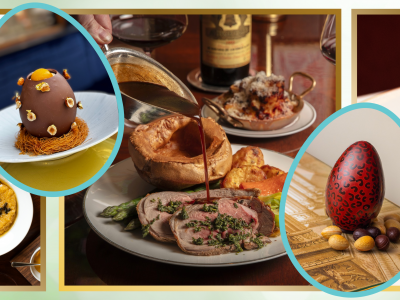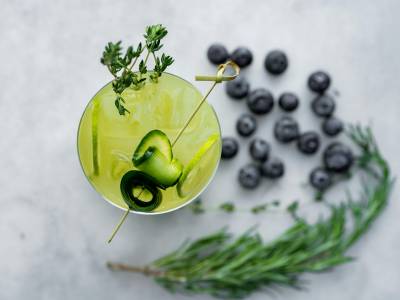Within a minute of leaving his HQ in south-west London, Oliver Gladwin has paused to point out something growing in a doorway. Looking at a crack in the flagstones, I only spy weeds and wonder if I’ve missed something. After all, we are standing next to a busy road with lorries roaring behind us. “Can you see those little purple flowers? They’re wild violets. You can eat the leaves sautéed and the flowers have this really sweet perfume,” Gladwin tells me, explaining that he often serves them pickled with quail’s eggs because he likes the way they make the whites of the eggs go purple.
I’m on a nature walk, spending the morning urban-foraging in SW8 with two of the three Gladwin brothers behind the London restaurants The Shed in Notting Hill and Rabbit in Chelsea. Oliver is the chef and Richard handles operations while Gregory runs the farm in Sussex from where the restaurants source their meat.















